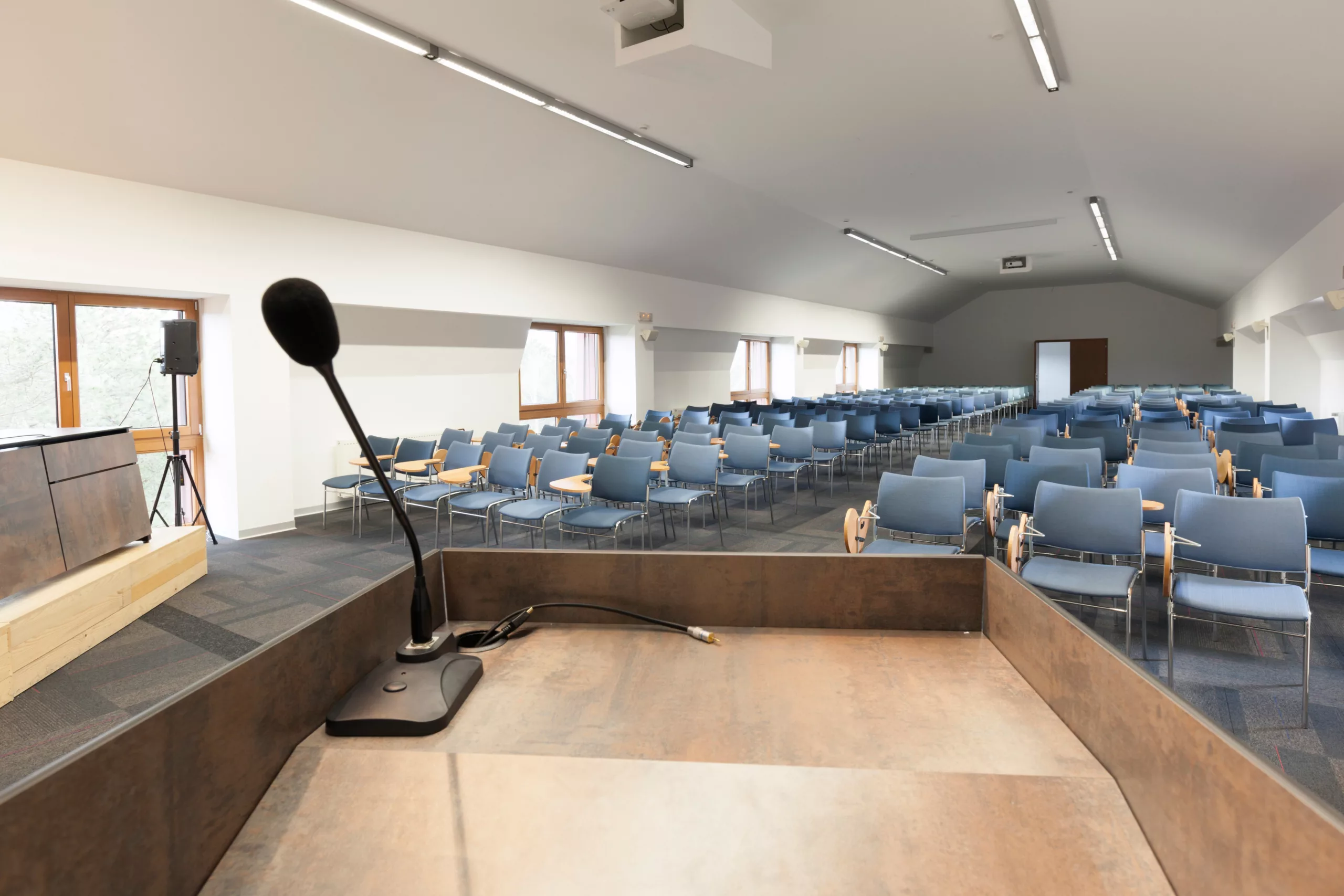
A of the key advantages of integrating outdated systems with modern sound networking is enhanced flexibility. Traditional audio technologies often involve complicated wiring and restricted routing options. With sound networking solutions like Dante or AVB, audio transmissions can be sent over conventional Ethernet cables. This implies that operators can easily link multiple units without the requirement for extensive reconfiguration. Whether in a concert hall, a educational auditorium, or a business function, this flexibility enables for quick adjustments and changes to the sound configuration without major downtime.
Quality is another major factor that enhances when outdated systems are modernized with up-to-date networking solutions. Outdated systems may have difficulty to deliver high-quality sound, particularly in bigger spaces or during challenging events. By implementing sound networking, organizations can leverage of advanced features such as minimal delay, synchronization, and electronic signal management. These advancements help ensure that audio is distinct and consistent, improving the overall experience for listeners and artists alike. This transition can make a marked impact in click here to find out more how sound is experienced in different settings.
Additionally, harmonizing legacy technologies with contemporary technologies can lead to cost benefits in the extended run. While modernizing to novel equipment may require an upfront cost, the efficiency gained through audio communication can lower maintenance costs and minimize the requirement for continuous repairs. Additionally, connected systems often require fewer tangible room than traditional setups, which can reduce on property expenses in venues. Organizations can distribute funds better effectively, utilizing the money they retain to allocate resources in additional important areas.
Finally, educating personnel on how to use combined technologies becomes simpler with sound communication. Many modern sound communication systems come with intuitive interfaces and remote management features. This means that even those who may lack extensive technical expertise can be trained to manage and operate the audio systems effectively. Educational initiatives can be developed focused on these solutions, enabling personnel to maintain and diagnose technologies with confidence. By combining the legacy with the new, entities can create a more competent and knowledgeable workforce, in the end leading to better sound experiences for everyone concerned.